Maple, a genus of deciduous deciduous trees and shrubs.
You are viewing the mobile-adapted version of the page.
The one for tablets, laptop and desktop also provides general information, such as origin, toxicity and cultivation.
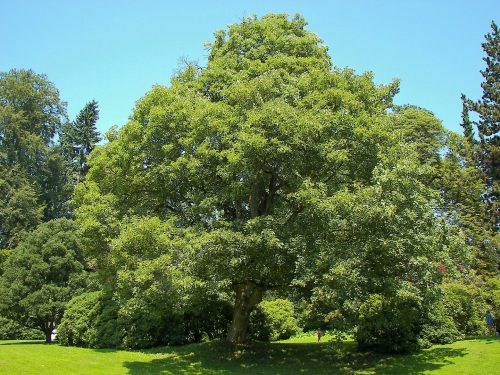
- The “maple keys” (samaras) of the Common Maple are poisonous to horses
Maple – (Acer), a genus of deciduous deciduous trees and shrubs, belonging to the maple family (Aceraceae). There are about 120 species and are found in the temperate regions of the northern hemisphere. Field maple (Acer campestre) and Sycamore (Acer pseudoplatanus) are native to central, eastern and southern Europe.
Maples are known for their fall colors.
A Maple can grow into a tree thirty feet tall and fifteen feet wide.
Maples like nutritious, loose soil, although they will also settle for poor soil.
The fruit of the maple consist of a nut with two wings (samara).
Pruning maple trees is not really necessary, however, sometimes intersecting branches need to be cut away or the crown thinned a bit. Because the maple, like grapes and beeches, bleeds from pruning wounds when the tree is not at rest, major pruning is best done in the months of July and August, when the maple is in full growth and pruning wounds will recover quickly. The same applies to pruning Japanese maple trees (Acer palmatum, Acer dissectum): prune in the summer.
Maples are susceptible to pests from Aph
Bugs
Aphids on the leaves. Sometimes these secrete honeydew on which sooty mold forms.
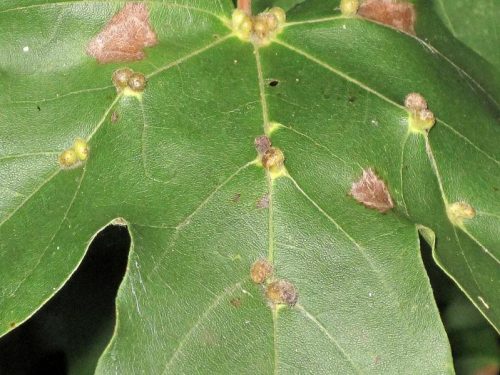
Galls (+ 2mm) where the veins of the leaves cross, ranging from green to reddish brown. Sometimes hairy: Maple pimple gall mite (Aceria spp.).
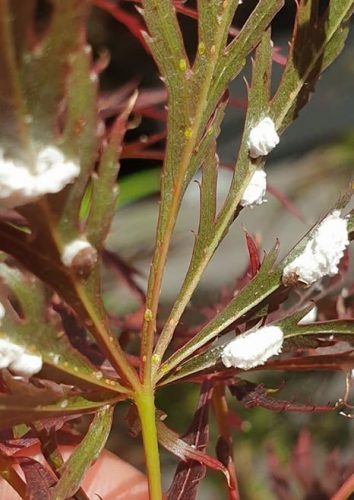
White woolly waxy fluff with wax threads: Cottony Hydrangea Scale (Pulvinaria hydrangeae). The lint is in fact the egg sac of the insect.
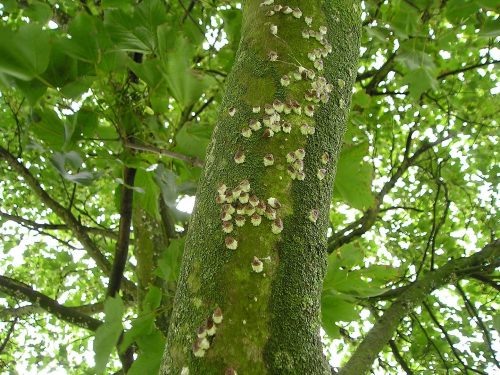
Brownish aphids populate the stem: Horse chestnut scale (Pulvinaria regalis).
Fungi & diseases
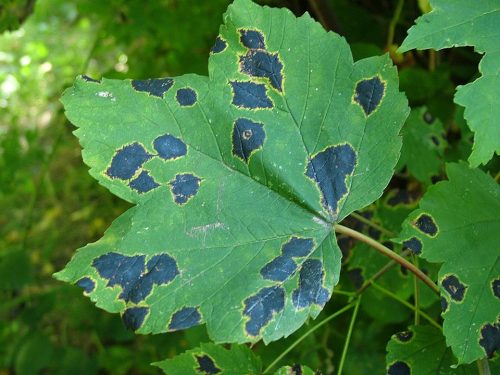
Black spots on the leaves: tar spot (Rhytisma acerinum).
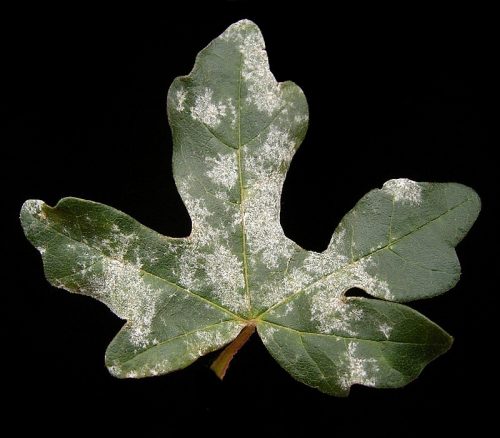
Gray, powdery fungus on top of leaves: variants of powdery mildew (Ascomycete strain).
The leaves of young trees suddenly wilt, dry up and die. Eventually the young maple dies:
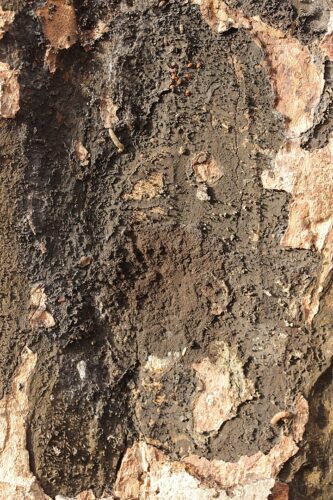
Dark brown to black spots on the bark, early leaf fall and dried branches in the crown: sooty bark disease (Cryptostroma corticale).
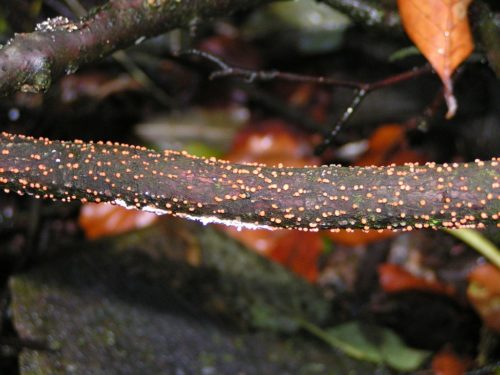
Small, orange-red raised spots appear on affected branches, which can be either dead or living branches: Coral spot (Nectria cinnabarina).
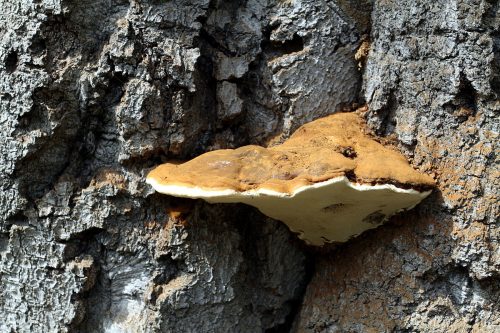
Mushroom formation on trunk: fan-shaped fungus, shiny orange/brown top. The spores are found as cocoa-like powder around the fungus. The fungus can grow half a meter wide on old, large trees: Lacquered bracket (Ganoderma resinaceum).
Other
Maples have a thin bark, which can cause the bark to burn in hot weather and lots of sun.
